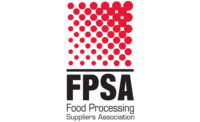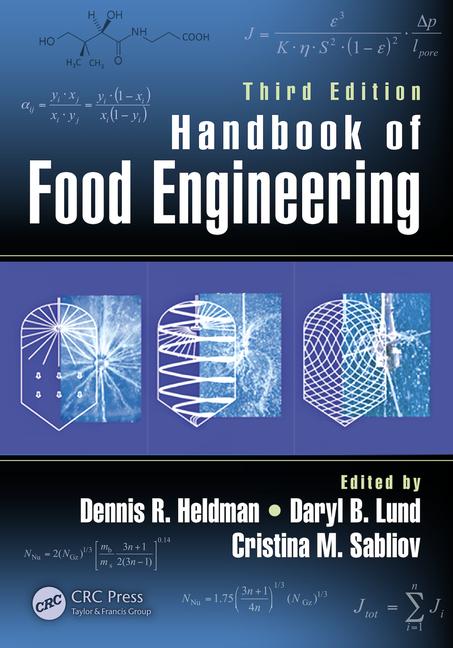TECH FLASH
ISA, Automation Federation applaud kickoff of 2015 FIRST Robotics Competition
More than 75,000 high school students compete in programs celebrating science and technology.

Earlier this month, nearly 75,000 high school students comprising 3,000 teams at 107 venues around the world joined together to kickoff the 2015 FIRST Robotics Competition (FRC).
A nonprofit organization, FIRST—For Inspiration and Recognition of Science and Technology—was founded in 1989 by Dean Kamen to inspire an appreciation of science and technology in youths. The organization is based in New Hampshire where it designs accessible and innovative programs to build “self-confidence, knowledge and life skills while motivating young people to pursue opportunities in science, technology and engineering.”
Each year, the FIRST international robotics competition and related events attract 300,000+ young people and more than 120,000 mentors, coaches and volunteers from over 70 countries. In total, more than 400,000 students worldwide are projected to participate in FIRST’s varied programs during 2015, according to the Automation Federation.
As partners of FIRST, the Automation Federation and the International Society of Automation (ISA) are encouraging their members to support the range of FIRST education programs.
“Fostering interest and enthusiasm among young people is critical to developing the next wave of automation engineers and technicians needed to meet the challenges of the future,” says Michael Marlowe, managing director and director of government relations for the Automation Federation. “Events like the FIRST Robotics Competition drive home just how exciting STEM and automation-related learning can be for young people. ISA and the Automation Federation have immense potential to tap into this excitement and attract many more young people to our profession.”
Last year, over 150,000 volunteers worldwide gave more than 10 million hours in over 80 countries—covering a wide range of roles across FIRST program. The FIRST volunteer website outlines the various ways automation professionals can become involved, most commonly as a mentor, coach or event-day volunteer.
“By participating in FIRST and other discovery programs targeted to young people,” Marlowe says, “we can reconnect to the enthusiasm that ignited our own drive to learn and pursue an automation career and, at the same time, inspire others to follow their own path toward success in the profession.” Marlowe says he encourages all ISA and AF members to take a closer look at how they can get more involved in FIRST programs and activities.
The theme of this year’s competition is RECYCLE RUSH. According to the Automation Federation, this is a recycling-focused game played by two alliances of three robots each. Robots score points by stacking totes on scoring platforms, capping those stacks with recycling containers and properly disposing of pool noodles representing litter. In keeping with the recycling theme of the game, all game pieces used are reusable or recyclable by teams in their home locations or by FIRST at the end of the season.
At the kickoff event this month, teams were shown the RECYCLE RUSH playing field and received a kit of parts made up of motors, batteries, a control system, a PC and a mix of automation components worth tens of thousands of dollars—but only limited instructions.
Working with adult mentors, students have six weeks to design, build, program and test their robots to meet the season’s engineering challenge. Once the robots are built, teams will participate in one or more of the 105 regional and district events that measure the effectiveness of each robot, the power of collaboration and the determination of the students.
According to the federation, about 3,000 teams are projected to compete for the chance to gain top honors at the FIRST Championship, which will take place April 22-25, 2015 in St. Louis.
Looking for a reprint of this article?
From high-res PDFs to custom plaques, order your copy today!







